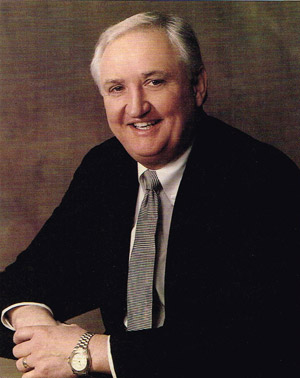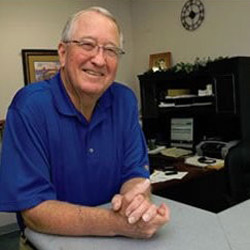By Sarah Brenner, JD
Director of Retirement Education
Follow Us on Twitter: @theslottreport
Are you nearing retirement age and not looking forward to taking unwanted required minimum distributions (RMDs) from your retirement account? You may be looking for a strategy to delay those distributions. The “still working” exception allows RMDs to be delayed. Will this exception help you? Here is what you need to know.
The still-working exceptions has some limits. It does not apply to all retirement accounts. It applies only to company plans. The still-working exception does not apply to IRAs (including SEP and SIMPLE IRAs). If you are still working, that can’t help you delay RMDs from your IRA.
Also, the exception is only available for the plan of the company for which you are still working. If you have other funds in other company plans, it won’t help you with those. Not all plans allow the still working exception. You can’t use the exception if your plan doesn’t allow it. What constitutes still working? Well, there is no official position from IRS on this. There is no requirement that you work 40 hours a week for the exception to apply. A part-time position could be considered still working for purposes of this exception.
You can’t use the exception if you own more than 5% of the company for which you are still working. When it comes to determining if you are a more than a 5% owner, it’s a family affair. The analysis starts with your personal ownership in the business but does not end there. The Tax Code’s family attribution rules apply. Any ownership in the business by your spouse, child, or grandchild will be included as well when making the call as to whether you are a more than 5% owner.
When you use the still-working exception, RMDs begin in the year you separate from service – even if your last day of work is December 31 of that year. Your required beginning date (RBD) is April 1 of the year after separation from service.
Delaying your RMD using the still-working exception may sound like a good idea, but there are downsides you should consider. You may face restrictions in the plan that would not apply to an IRA. You will begin taking RMDs later, which means you will be taking larger RMDs (due to a higher life expectancy factor). Larger RMDs mean more income taxes, which can result in a tax hit. Your Social Security income could be taxed, and you could lose out on deductions, credits, exemptions and phase-outs.
When considering the still-working exception, be sure to understand the details.
https://www.irahelp.com/slottreport/what-you-need-know-about-still-working-exception


